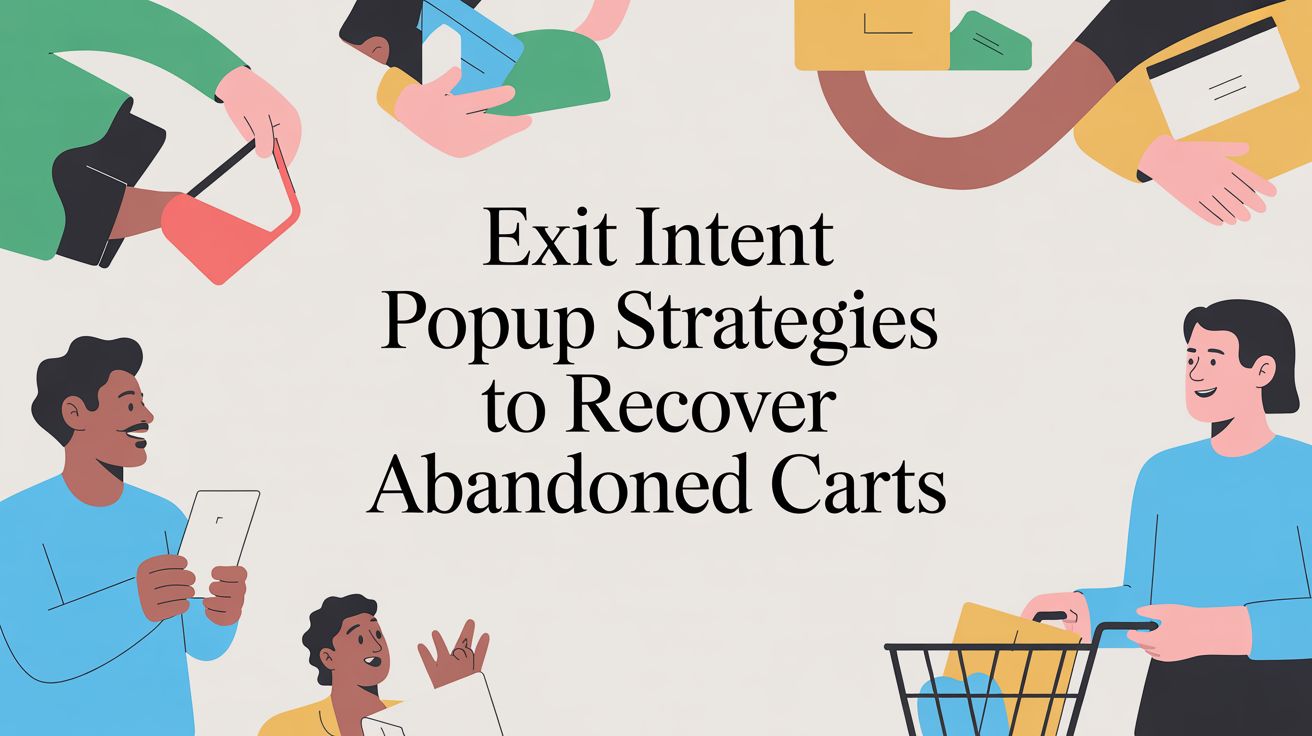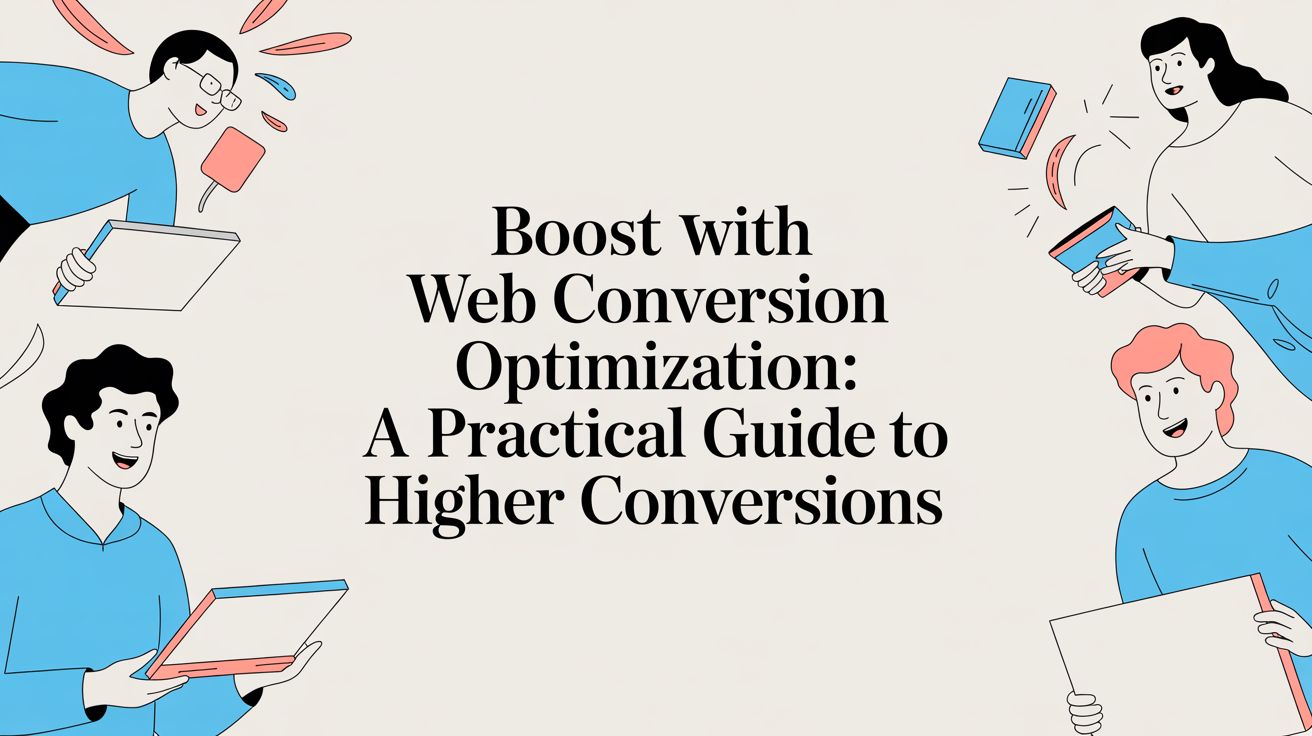
Tackle consumer empowerment with radical transparency

Consumers aren’t messing around. They’ve found their confidence, and they’re feeling empowered.
When it comes to modern-day B2C connections, consumers are in the driver's seat. While this might be great news to customers, it’s left some marketers unsure of what’s to come in marketing and branding.
We brought in Jerry Han, Chief Marketing Officer at PrizeRebel and Kimberley Ring, founder of Ring Communications and Digital Marketing professor at Suffolk University, to help ease your concerns. The two joined us in uncovering how consumer empowerment came to be, its connection to fellow marketing issue consumer inundation, and the powerful impact honesty can have on consumers.
It all started with the internet
“Consumers have been empowered by the sheer quantity of brands at their fingertips. With just the click of a button, consumers can browse from store to store to find exactly what they're looking for,” said Han.
Han isn’t alone in his thoughts. When we asked Ring about consumer empowerment, she cited the web as the initial culprit.
“The internet makes us so much more informed, so much more connected, and that’s where it all starts,” said Ring. “Consumers were at marketers' mercy up until the internet, and the only way we found out about things was A.) TV commercials or B.) print ads, so whatever we saw as the price for an item was what it was, but now you can find an item and quickly negotiate the price simply based on where it is.”
Han says this empowerment can be attributed to one word: abundance.
“Due to the sheer volume of stores available online, brands have to work that much harder to retain the attention and interest of their audience,” he said.
The relationship between consumer inundation and consumer empowerment
It wasn’t meant to be this way. Before digital marketing led to consumer empowerment, it was designed to help marketers create personalized campaigns that customers would enjoy.
“Because of the internet for the first however many years, marketers had so much access to data, and that was something we didn’t have before,” said Ring. “So we all kind of clamored to use it and figure it out and began inundating the channels.”
As we know from listening to other marketing experts, this sort of consumer inundation doesn’t always work in the favor of brands. It does, however, make for an empowered consumer. One that Ring says is much different from consumers in generations past.
“As consumers, because we’re empowered now, the minute we started getting inundated with marketing messages we put a stop to it, we said ‘No, I don’t want this’ and that's part of being empowered,” said Ring. “We’re very aware of when we’re being marketed to so now we’ve almost demanded different actions from brands.”
With consumers becoming increasingly familiar with marketing tactics, confidence grows in customers who know that brands are relying on their business in order to survive. Their ability to negotiate and leave a business in the dust if they don’t like the counteroffer being presented is all too real to marketers.
The layers to consumer empowerment don’t stop there. Consumers’ proximity to other customers also has a lot to do with the collective feelings of confidence.
“There's also this whole other level to how connected we are as consumers,” said Ring. “Before we even buy something we can actually rely on a peer-to-peer review. We have so many opportunities to figure out if what you’re selling us is what we need.”
Honesty is the best policy
Despite the shift in behavior, tackling consumer empowerment isn’t a lost cause for today’s marketers. In fact, there’s no need to fear the confidence felt by consumers.
“This does not mean that brands should fear consumer empowerment," said Han. "Instead, they should embrace it by giving consumers everything they need to make a well-informed purchasing decision."
And part of what they need, Han says, is complete and total honesty.
“Transparency and clarity are the best policies when it comes to achieving brand advocacy," he said.
Being honest with your customers isn’t just a way to get ahead of the competition. It’s also good for helping customers be more confident in their buying decisions.
“Right now, consumers are in complete control of how, when and where they buy — obfuscating key information will only hurt your ability to generate sales,” said Han. “For this reason, you should lean fully into the confidence of consumers by giving them everything they need to make a calculated purchasing decision.”
Han didn’t stop there. He was generous enough to provide examples as to how marketers could help facilitate this trust between themselves and their customers.
“In practice, this could mean comparing your product to that of a competitor. Or, it might mean answering the frequently asked questions that your consumers tend to have. By taking these additional steps, it gives consumers complete control and clarity before they buy,” he said. “In turn, this positions your brand as a leader, because you set the industry standard for your competitors to follow. If your product descriptions are much more thorough and detailed than the rest of the market, then that means everybody else needs to step up their game to keep up with you. You, therefore, have become the leader in your respective market, setting the pace on how best to convey information.”
According to Han, being transparent connects well with consumers because they're not left hunting for answers or looking for clues. When marketers exercise complete clarity, consumers have everything they need to buy your product or make a decision to move onto the next one.
“You're looking to reduce or remove any potential roadblocks that may prevent a customer from making a purchase. One of the biggest roadblocks you'll ever find is a lack of information,” said Han. “Even seemingly minor considerations, like when the product last went on sale or how other people are reviewing it, can make a huge impact on the consumer's final purchasing decision.”
The confidence held by today’s consumers has the power to be just as beneficial to you as it is for your audience. Approaching your customers in a transparent manner makes for better marketing campaigns and more long-lasting brand loyalty.

Lindsay Keener is a brand journalist for Quikly. She covers stories that help to inform and educate consumer-facing marketers.

